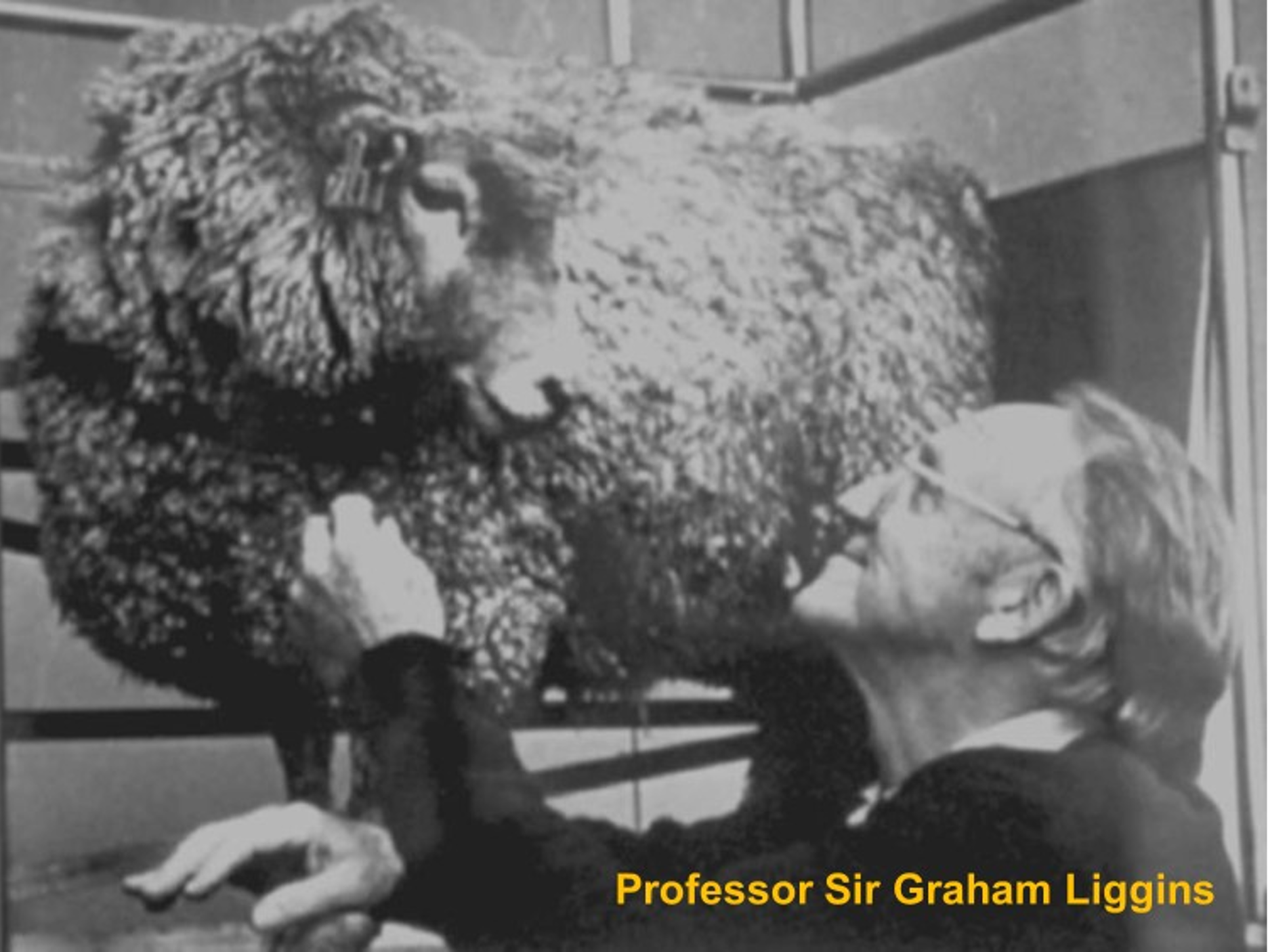
A pioneering physician and researcher from Aotearoa New Zealand, Dr Graham ‘Mont’ Liggins was born in Thames in 1926, and acquired his nickname ’Mont’ because Monty the Mouse was his childhood favourite cartoon character. He went on to build the foundations for greater survival in premature babies around the world with his research into foetal lung development. In 1960, a baby born prematurely at 28 weeks gestation – normal term being 40 weeks – only had a 50% chance of survival.
On his return from specialist training in the United Kingdom in 1959, Dr Liggins set up a research programme to figure out how labour was initiated. The studies determined that it is not the mother that initiates labour, but rather the foetus; something Liggins thought more world-shattering in scientific circles than his subsequent discoveries about preterm lung development.
Until his discovery, the scientific world believed it was the mother who initiated labour - a belief first enunciated by Aristotle in the 3rd century BCE. Using sheep as his experimental model, Liggins’ landmark studies showed that lambs who developed without a pituitary gland had unduly long pregnancies indicating the initiation of labour resided in the foetal pituitary gland.
A further study looked at the role of the foetal adrenal glands in the initiation of labour and a totally unexpected observation led to his landmark discovery of the role of corticosteroids and their impacts on foetal lung development. A ewe about to deliver a premature lamb was given pre-labour corticosteroid. Although the lamb died, at postmortem the lungs were found to contain air indicating that it had breathed before succumbing. This led to a prospective randomised clinical study eventually involving more than 1,000 women. The results showed that the group treated with corticosteroids had 1/3 of the perinatal deaths than their control group. While the New Zealand obstetric community rapidly followed the lessons of this discovery the rest of the world took some time to catch up. So New Zealand enjoyed the best perinatal foetal mortality rates internationally for some years.
In 1975 he began a nearly 20-year association with an Antarctic international research team. The focus of their research was the Weddell seal. This animal has the capacity to dive to a depth of 1000 metres for periods of up to 45 minutes. The physiological reasons the seal can do this are elaborate, but an interesting side effect of his research showed that the human foetus has many of the adaptations enabling the seal to dive so deeply and for so long.
Further Major discoveries
Aiding Liggins’ work were developments in steroid hormones and prostaglandin research. Some of the assays used in his research were developed at the Postgraduate School of Obstetrics and Gynaecology by Dr Bruce Knox and Associate Professor John France as well as by Professor Liggins and Dr Grieves.
Another discovery, extraneous to his research aims, was how glucocorticoids worked to aid the maturation of lung function. Having worked successfully on sheep, Professor Liggins and Dr (later Professor) Ross Howie trialled the use of corticosteroids on human mothers in preterm labour. The result was a large reduction in neonatal mortalities where birth was delayed by 24 hours, for mothers who received the corticosteroid (betamethasone).
Additional studies performed by other researchers have investigated dosage regimens, the gestation range over which steroid would have an effect, as well as searching for the presence of significant adverse effects – which have not been confirmed. Indeed, a research team led by Professor Jane Harding with Professor Stuart Dalziel from Auckland followed up the large majority (72%) of the children (now mature adults) whose mothers had been in the original steroid trial and found very modest changes (possible cardiovascular risk factors, most likely due to being born preterm) with no increased mortality in the steroid-treated mothers.
For his outstanding contribution to reproductive physiology and the advancement of the outcomes for all the babies he was knighted in 1991. The New Zealand scientific community lobbied for him to receive the Nobel Prize but it was denied. Arguably and with the benefit of hindsight he would undoubtedly have qualified for such an honour.
Liggins’ and Howie’s study was so well designed and reported in 1972 that the Cochrane Library uses the meta-analysis of studies of antenatal steroids to be its logo! The Cochrane Library is available free to all New Zealanders, visit the library by clicking here.








